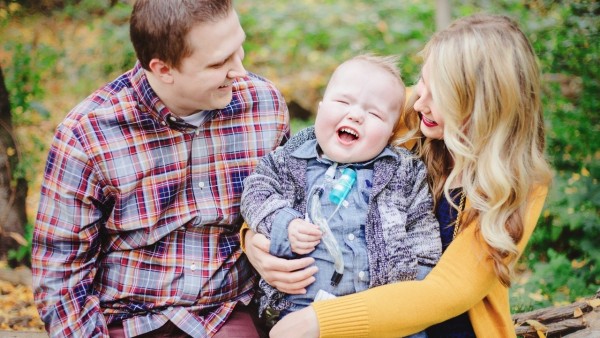Three babies with rare illness saved by 3D printed windpipe splint implants
The University of Michigan – Three babies, suffering from a rare illness, have been saved thanks to a new study using 3D printed windpipe splints. The study was conducted as part of a pilot program, to stop the windpipe of such sufferers from collapsing. The research has been published in Science Translational Medicine.
The unique thing about this program is that the implants are made from a shape changing material, which means it would not need replacements as the children grew older. Additionally, the implants were modified as per the needs of the individual child. However, despite its success, the study faces drawbacks as having very few patients.
Consequently, the success does not mean that it will be so in every case. Researchers from the CS Mott Children’s Hospital, in the University of Michigan, stated that the success in all three cases does show that the technique has promise.
The condition itself, however, is very rare and has no other cure, at the moment. The statistics reveal that, one out of every 2,000 children, suffer from tracheobronchomalacia.
Observations of such patients have revealed that only those with the most severe form of the disease are unable to survive. However, most subjects, once they reach the age of three, find their windpipes become strong enough.
Dr. Glen Green, the lead researcher of the project, was called in with his project as a last resort to save a three-month-old child in critical condition, due to the said illness.
He described the procedure as a ground-breaking case, with the subject now a “three-year-old in pre-school with a bright future.” The subject, Kaiba, is under observation and doctors have spotted signs of the splint melting away as planned. The doctors have also observed his windpipe to be strong enough to make breathing without the splint easier for him.
Kaiba’s mother stated: “The first time he was hospitalized, doctors told us he may not make it out. It was scary knowing he was the first child ever to have this procedure, but it was our only choice and it saved his life.” The other two children have also been doing well, but one still faces breathing difficulties due to problems that the splint was not designed for.
